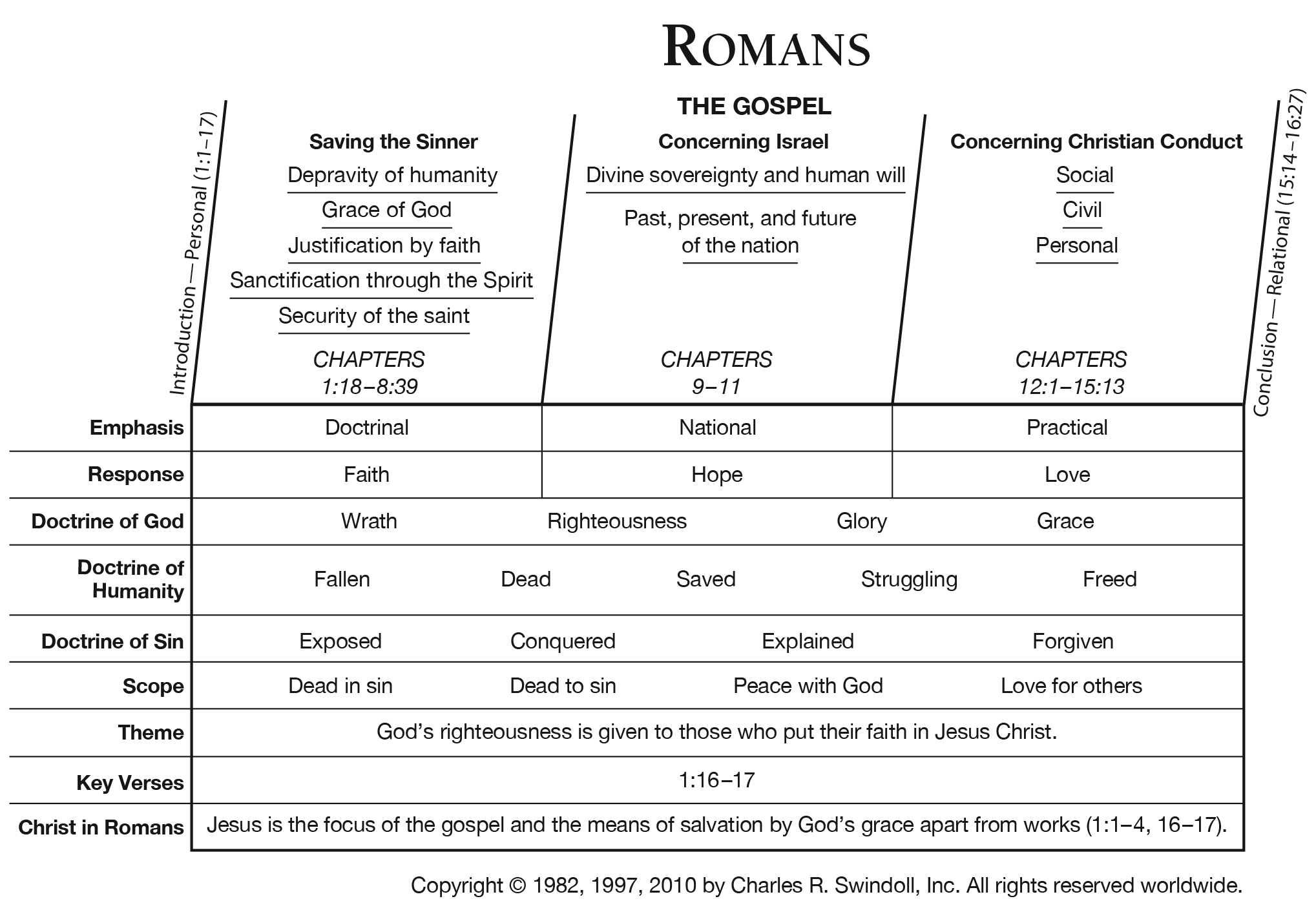Compared with Greece, Italy enjoys certain natural advantages: The plains are larger and more fertile, the mountains less a barrier to communications. The plain of Latium, south of the site of Rome, could be farmed intensively after drainage and irrigation ditches had been dug; the nearby hills provided timber and good pasturage. The city of Rome lay only fifteen miles from the sea and could share in the trade of the Mediterranean; yet its seven hills overlooking the Tiber could be easily fortified and defended.
By 600 B.C. Greek colonies to the south dotted the shores of Italy and Sicily; this was Magna Graecia. To the north, the dominant power was held by the Etruscans who had invaded the peninsula and conquered the region north of Latium by 700 B.C. They extended their power southward, surrounding Rome, and seized it soon after 600.
Rich Etruscan remains have been discovered during the past century and a half; they show that the Etruscans had an enormous admiration for Greek art, which they bought and imitated. They wrote their language in Greek letters, and most of the existing inscriptions are very short. Until 1964 no key to the Etruscan language like the Rosetta stone had turned up. Then, on the seacoast thirty miles from Rome, archaeologists found three golden tablets dated c. 500 B.C. with inscriptions in both Punic (Carthaginian, or late Phoenician) and Etruscan. Although the total number of words is only about ninety, these tablets are now throwing more light on the language.
Expert farmers, miners, and metalworkers, the Etruscans built huge stone walls around their settlements. They practiced divination, foretelling the future from observing flocks of birds in flight or from examining the entrails of an animal slain in sacrifice. Their tomb decoration seems to show that they believed in an afterlife similar to this one, and that they accorded their women a status higher than was usual in ancient society.

